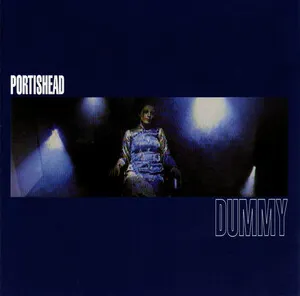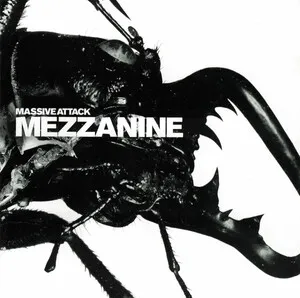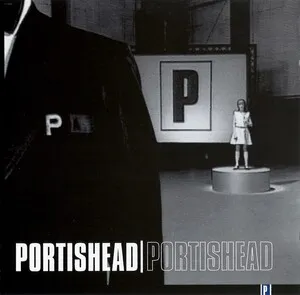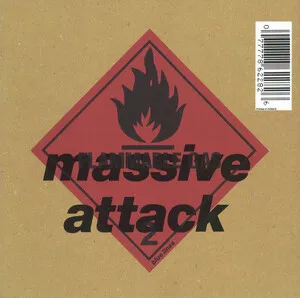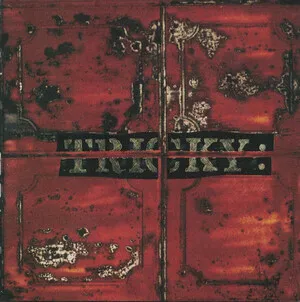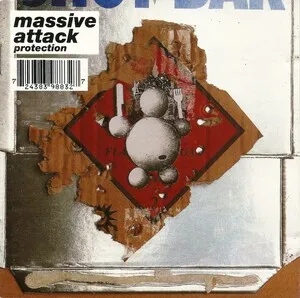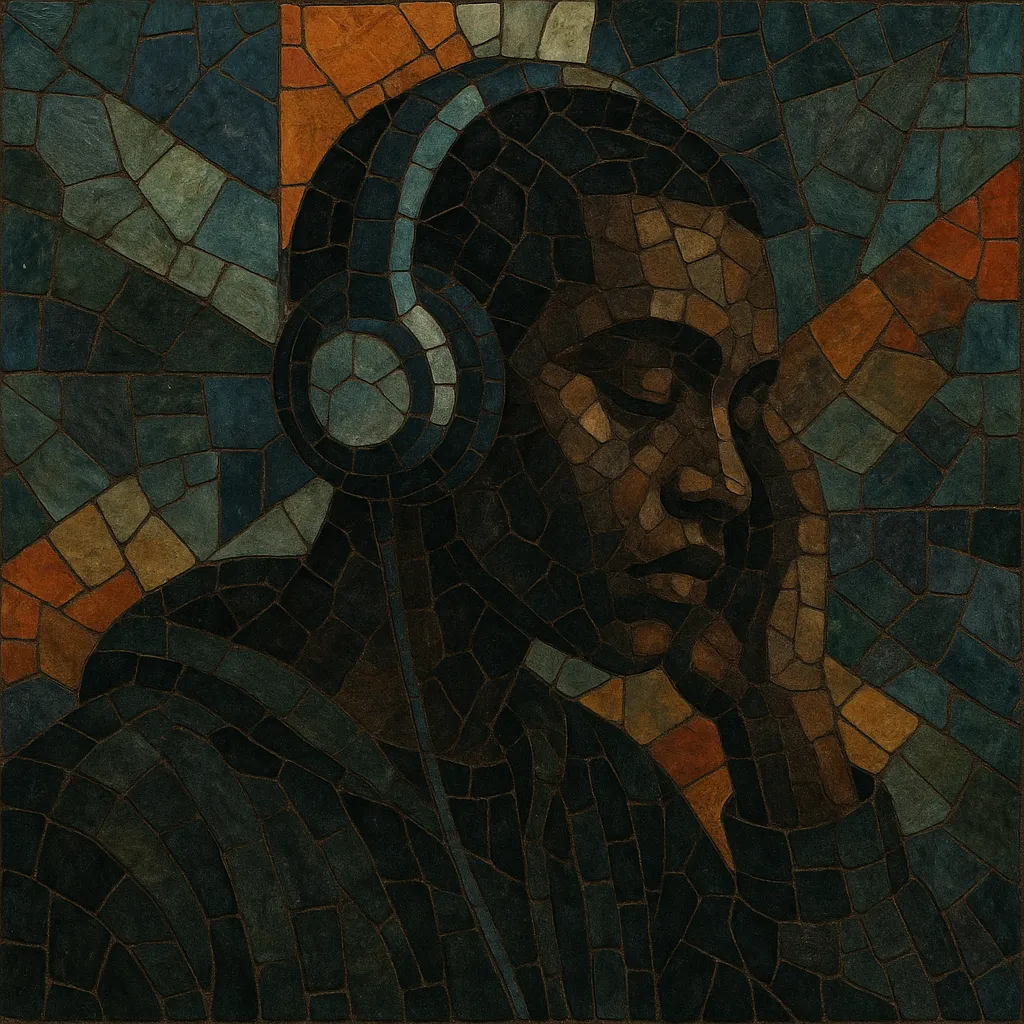
The Bristol sound is a moody, bass‑heavy blend of hip hop, dub, reggae, soul, and experimental electronic production that emerged from the city of Bristol in the UK.
Characterized by slow to mid‑tempo breakbeats (often 70–95 BPM), cavernous sub‑bass, dub‑style echo and reverb, chopped sample collages, and noir‑cinematic textures, it often features melancholic vocals and introspective lyrics. Although widely associated with the term “trip hop,” the Bristol sound names a broader, place‑rooted aesthetic shaped by sound‑system culture, pirate radio, and a tight‑knit community of DJs, MCs, engineers, and bands.
Its palette spans dusty soul and jazz samples, live strings and Rhodes, gritty drum breaks, and spacious, atmospheric production that feels both intimate and widescreen.
Bristol’s multicultural districts (notably St. Pauls) fostered a deep sound‑system tradition drawing on Jamaican reggae, dub, and lovers rock. Crews like The Wild Bunch brought MCs, DJs, and engineers together in clubs such as the Dug Out, blending hip hop breakbeats with dub bass pressure and soul/jazz records. Local producers Smith & Mighty were pivotal in translating sound‑system ideas into studio craft, cutting influential early singles and remixes that pointed toward a slower, mood‑driven approach.
The aesthetic coalesced on Massive Attack’s "Blue Lines" (1991), a landmark that fused rap, soul vocals, and dub‑wise space into something distinctly Bristol. Portishead’s "Dummy" (1994) sharpened the sound with noir strings, turntable textures, and torch‑song melancholy, while Tricky’s "Maxinquaye" (1995) pushed the palette into darker, more fractured territory. These records popularized the tag “trip hop,” while many locals preferred the broader “Bristol sound” to emphasize place and community.
The same city network nurtured breakbeat science and drum & bass—Roni Size & Reprazent’s "New Forms" (1997) won the Mercury Prize, showing how Bristol’s dub‑weight and sampling craft could accelerate into rapid breakbeats. Labels like Cup of Tea Records and myriad small studios kept the scene interlinked across downtempo, breakbeat, and d&b.
Bristol remained a low‑end laboratory, seeding dubstep’s Bristol strain, the neon‑hued “purple sound,” and UK bass. Even as styles shifted, the core values—sub‑heavy mixes, tactile drum programming, and cinematic atmosphere—continued to inform electronic, hip hop, pop, and film/TV scoring worldwide.

